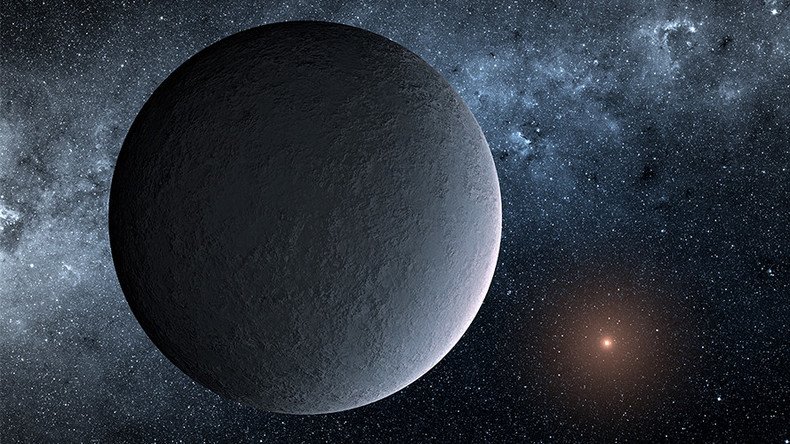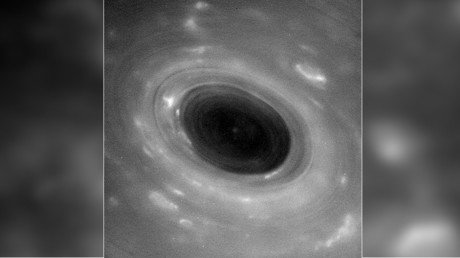Amazing Earth-sized planet dubbed the ‘iceball’ discovered by NASA

NASA has discovered a planet the same size as Earth, and the same distance from its star as our planet is from the sun.
Due to its small size, the host star does not produce enough heat to support life on the planet. This has prompted scientists to label the world – nominally called OGLE-2016-BLG-1195Lb – the ‘iceball’ planet.
An international team of researchers found the planet using a technique known as ‘microlensing,’ which uses background stars as flashlights that mark out planets as dark dots when they cross the field of light.
“This iceball planet is the lowest-mass planet ever found through microlensing,” said Yossi Shvartzvald, a NASA postdoctoral fellow based at the space agency’s Jet Propulsion Laboratory in Pasadena, California.
The study, published in Astrophysical Journal Letters, aims to increase our understanding of the different types of planetary systems, in particular the distribution and frequency of planets outside the central bulge of the Milky Way.
Some 13,000 light years away, the ‘iceball’ orbits an object so small that researchers believe it could be a brown dwarf, a star-like object not capable of generating energy through nuclear fusion.
Another theory suggests it’s an ultra-cool dwarf star like TRAPPIST-1, the recently discovered star found to be hosting seven Earth-like objects.
READ MORE: NASA releases images of exoplanet-ringed dwarf star TRAPPIST-1 (VIDEO, PHOTOS)













